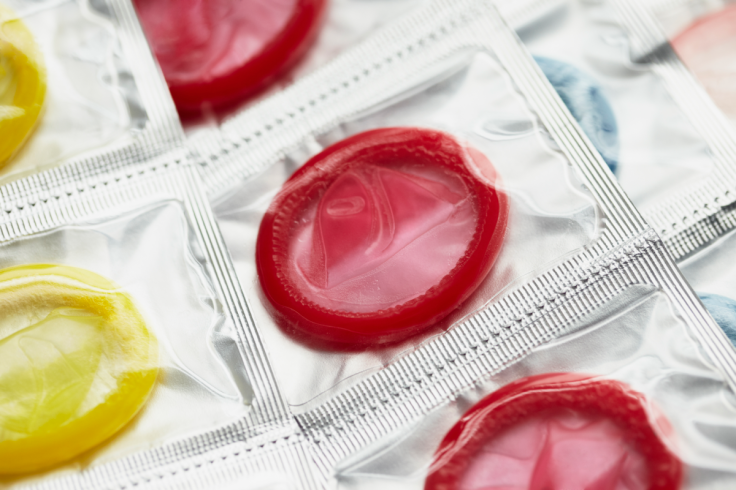As STIs Skyrocket, Pediatricians Call For Easy Access To Condoms And Contraception For Teens

KEY POINTS
- Many teenagers are still at risk of unintended pregnancy and STIs
- Adolescents account for 1 in 5 of all new HIV diagnoses
- Correct use of latex and synthetic barriers can help tackle risks
Despite accounting to only 25% of the sexually active population, adolescents account for more than 50% of new sexually transmitted infection diagnoses.
Many adolescents use plastic wraps or plastic bags to protect themselves from pregnancy and sexually transmitted infections, according to the author of the latest American Academy of Pediatrics (AAP) guidelines on adolescent barrier protection during sex.
“They’re just improvising. Which I do not recommend because we do not know about safety or effectiveness. But I admire their creativity and devotion to using a barrier!" Dr. Laura Grubb, a specialist in adolescent medicine and the author of the guidelines told CNN health.
Grubb told CNN that she had heard a lot of such stories from teenagers in her practice at Tufts Medical Center in Boston. She believes that the teens aren’t really thinking far too ahead about the consequences.
Many teens have told her that they don’t need contraception or condoms since they don’t plan on being sexually active. But a couple of weeks later, they visit her office to get tested for pregnancy or sexually transmitted infections.
"Adolescents are spontaneous and impulsive, and they take risks," Grubb told CNN.
Even though the rates of sexual activity, pregnancy and births among adolescents have continued to decline during the last 10 years, several of them still remain at risk for sexually transmitted infections and unintended pregnancies.
The new guidelines highlighted that when used correctly and consistently, latex and synthetic barrier methods can significantly cut risks of pregnancy and STIs including HIV. The updated guidelines are also intended to urge pediatricians in understanding and supporting the use of barrier methods by their adolescent patients to prevented unintended pregnancies and STIs.
The authors opine that preventing STIs, HIV or pregnancy involves more than traditional condoms since the sexual practice of teenagers consists of more than penile-vaginal penetration.
“Adolescents and young adults may use a variety of barrier methods to reduce the transmission of STIs or prevent pregnancy by reducing or preventing the transmission of bodily fluids, skin-to-skin contact, or skin-to-mucous membrane contact,” said the guidelines.
AAP’s recent guidelines also highlighted the fact that it is the duty of pediatricians and physicians to inform their patients about relevant, legally available treatment options.
© Copyright IBTimes 2025. All rights reserved.






















